Is the Skies' Safety Secure? A Deep Dive into the FAA Reauthorization Deal
Abhishek Nayar
01 May 2024
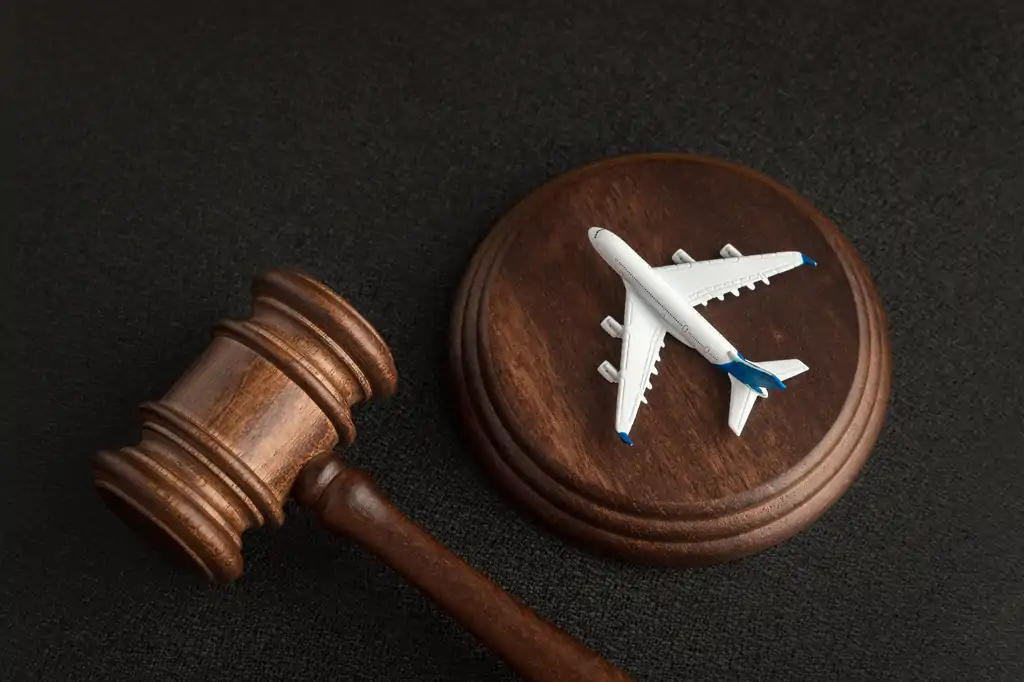
Negotiators in the U.S. House and Senate have hammered out a deal aimed at bolstering air traffic controller staffing and averting runway close-call incidents. However, the agreement notably sidesteps a contentious issue regarding the retirement age of airline pilots. As Congress moves closer to finalizing a $105 billion, five-year deal to reauthorize the Federal Aviation Administration (FAA), the aviation industry and passengers alike are left pondering: Is the skies' safety secure?
Contentious Retirement Age Issue
The proposal on the table avoids increasing the mandatory retirement age for airline pilots from 65 to 67, a measure that had garnered mixed reactions in both chambers of Congress. While the House of Representatives had previously supported the increase, the Senate Commerce Committee had rejected the idea, citing concerns over international regulations and safety implications.
Safety Measures and Consumer Protections
Despite the impasse on the retirement age, the reauthorization deal includes several significant safety measures and consumer protections. Notably, airlines will be prohibited from charging fees for families to sit together, and they will be required to accept vouchers and credits for at least five years. Additionally, the bill mandates the installation of 25-hour cockpit recording devices and directs the FAA to deploy advanced airport surface technology to prevent collisions.
Addressing Staffing Shortages
One of the key challenges facing the aviation industry is a shortage of air traffic controllers. The reauthorization deal aims to address this issue by directing the FAA to implement improved staffing standards and to hire more inspectors, engineers, and technical specialists. This effort comes in response to concerns raised after a series of near-miss incidents and the mid-air emergency involving an Alaska Airlines Boeing 737 MAX 9.
Enhancing Consumer Information
In a move to empower passengers, the bill requires the Transportation Department to create a dashboard displaying the minimum seat size for each U.S. airline. While Congress refrained from establishing minimum seat size requirements, this provision aims to provide transparency and enable consumers to make more informed choices when booking flights.
Final Thoughts: Prioritizing Safety and Consumer Standards
Senate Commerce Committee chair Maria Cantwell emphasized that the reauthorization deal underscores a commitment to aviation safety and stronger consumer standards. With a five-year reauthorization for the National Transportation Safety Board included in the agreement, lawmakers are sending a clear message that ensuring the safety and well-being of passengers remains a top priority.
Conclusion
As Congress moves closer to finalizing the FAA reauthorization deal, stakeholders are closely watching to see how the proposed measures will impact aviation safety and consumer rights. While the retirement age issue remains unresolved, the inclusion of various safety enhancements and consumer protections signals a concerted effort to address pressing challenges facing the aviation industry. As the skies continue to navigate through turbulent times, the question remains: Is the skies' safety secure?
With Inputs from Reuters
Read next
Southwest Airlines has taken a proactive step towards resolving the aftermath of its December 2022 meltdown, announcing the initiation of a compensation program as part of a $140 million settlement with the U.S. Department of Transportation (DOT). This move comes amidst a backdrop of significant disruptions during a busy holiday travel period, underscoring the airline's commitment to rectifying the grievances of affected passengers.
The Compensation Program Unveiled
In a bid to address the grievances of passengers who endured delays of at least three hours during the tumultuous holiday season, Southwest Airlines unveiled a compensation program totaling $90 million in travel vouchers. These vouchers, valued at $75 or more, are slated to be distributed over a three-year period, with the program commencing on April 16, 2024. The airline has already received requests from several thousand customers seeking restitution for their disrupted travel experiences.
A Remedy for Holiday Chaos
The December 2022 meltdown, characterized by 16,900 flight cancellations and the stranding of 2 million passengers, was triggered by a massive winter storm and subsequent operational challenges. The resultant chaos saw passengers enduring harrowing experiences, from missed funerals and holiday gatherings to cross-country drives lasting upwards of 17 hours and, tragically, even hindered access to critical medical treatment for some.
Government Pressure and Market Dynamics
The compensation program aligns with the Biden administration's push for enhanced passenger rights within the aviation sector. While President Biden had signaled intentions for the DOT to propose new rules mandating cash compensation for significant flight disruptions, progress on this front has been slow, with Congress yet to enact comprehensive aviation reform.
Transportation Secretary Pete Buttigieg has lauded Southwest's initiative, noting that it sets a precedent for the industry and may spur competition-driven responses from other carriers. Despite the DOT's prior inquiries regarding compensation thresholds, no other airline had committed to providing cash compensation for delays of similar magnitude.
CEO Perspectives and Future Outlook
Southwest CEO Bob Jordan has affirmed the airline's commitment to the compensation program, emphasizing its alignment with the company's operational goals. While the program is slated to run for three years, Jordan suggests that consumer-centric initiatives tend to endure, hinting at a potential long-term fixture within Southwest's customer service framework.
Conclusion
Southwest Airlines' introduction of a delay compensation program marks a significant step towards addressing the grievances of passengers affected by the December 2022 meltdown. As the airline leads the charge in implementing passenger-centric initiatives, the broader industry may face increasing pressure to reassess their approach to customer satisfaction amidst evolving regulatory landscapes and competitive dynamics.
With Inputs from Reuters
Read next
SAS Scandinavian Airlines faces a pivotal decision as it emerges from bankruptcy protection: whether to invest in the A330 or A350 for its widebody fleet.
Fleet Evolution Amid Restructuring
As SAS prepares to exit Chapter 11 bankruptcy protection, CEO Anko van der Werff outlines the airline's strategic direction, emphasizing a focus on fleet modernization and network optimization. The airline, historically a stalwart of the Star Alliance, is set to shift its allegiance to SkyTeam, spurred by investments from entities like Castlelake, Air France-KLM, the Danish government, and Lind Invest.
A Fork in the Runway: A330 vs. A350
SAS currently operates eight A330-300s and four A350-900s, with additional A350s on order. Van der Werff's comments at the Routes Europe conference shed light on the airline's internal deliberations: while the A350 represents cutting-edge technology, the A330's familiarity and operational suitability for SAS's network are undeniable. The decision between the two will shape the airline's long-term fleet strategy, with implications for route optimization, fuel efficiency, and passenger experience.
The A330 Advantage
Despite the allure of newer aircraft, SAS acknowledges the A330's role in its current and future operations. Van der Werff highlights the A330's compatibility with SAS's network and expresses uncertainty about the A330neo variant. With a sizable fleet of A330s already in service and more A350s on the horizon, SAS anticipates maintaining a split fleet for at least the next five years, ensuring operational flexibility as it navigates market dynamics and network demands.
SkyTeam Integration and Route Expansion
SAS's transition to SkyTeam signals a strategic realignment, with implications for route networks and partnerships. Van der Werff anticipates a gradual shift towards SkyTeam hubs and closer collaboration with alliance partners, particularly Air France and KLM. As the airline eyes 20 new destinations this summer, including Atlanta Hartsfield Jackson, route expansion remains a key priority, albeit tempered by geopolitical constraints such as the Russia overflight ban.
Navigating Turbulence: Fuel Challenges and Currency Fluctuations
Fuel hedging constraints and currency fluctuations pose ongoing challenges for SAS, compounded by the weakness of the Swedish krona against the US dollar. Van der Werff underscores the importance of mitigating disruptions to passenger travel, prioritizing stability and operational resilience amid market uncertainties.
Looking Ahead: SAS's Path to Recovery
As SAS charts its course out of bankruptcy protection, strategic decisions around fleet composition, alliance partnerships, and route expansion will shape its trajectory. The impending choice between the A330 and A350 reflects a broader commitment to innovation, efficiency, and adaptability in an ever-evolving aviation landscape.
Conclusion
SAS Scandinavian Airlines stands at a crossroads, poised to redefine its future amidst industry upheaval and strategic realignment. The decision between the A330 and A350 underscores the complex interplay of technology, network suitability, and operational imperatives in shaping the airline's post-restructuring trajectory. As SAS navigates the skies ahead, its choices will not only impact its own fortunes but also reverberate across the broader aviation ecosystem, shaping the passenger experience and industry dynamics for years to come.
With Inputs from ch-aviation
Read next
Air India's plan to upgrade old Boeing 777s, 787s that fly to North America and Europe nonstop has been delayed because of certification issues, according to a news report.
Most of these planes were bought around 2006 in a landmark $11 billion order and have often been facing passenger ire for broken seats and unserviceable inflight entertainment screens.
In December 2022, Air India had announced $400 million plan to fully refurbish its legacy Boeing 777 and 787 aircraft with latest generation seats and new in-flight entertainment system. However the project is now pushed back to next year, the Hindu Business Line said in its report due to "some issues related to certification."
The paper said the first of the 40 aircraft (27 B787s and 13 B777s) were to undergo cabin refurbishment in August with the rest over the coming months but this may only happen next year now.
"Aircraft cabins need upgrades due to obsolescence or wear and tear. A full cabin refurbishment is an elaborate exercise. It's like redoing cabin architecture completely. While an airline refurbishes cabins for greater passenger comfort, it is critical to ensure that the modifications do not hinder safety, fuel efficiency and performance of the aircraft especially its stability," the paper quoted an aviation expert as saying. Adding typically approval process in a refurbishment exercise is two fold. Products like seats need to be certified (unless pre- approved) as they need to withstand extreme stress caused by accidents. Then the installation and assembly too requires regulatory approvals.
The exact reason for certification delay in case of Air India aircraft is unclear.
To be sure, Air India has already inducted four new Airbus A350 aircraft and eleven leased Boeing 777 aircraft ( ex Delta and ex Etihad) with better amenities on certain long haul routes.
The tweaking of Air India's A320 planes to a three class configuration to mirror merging Vistara's is however on track.
Air India has engaged leading London-based product design companies, JPA Design and Trendworks, to assist with the cabin interior design elements of this refurbishment programme, it earlier said.
Read next
Malaysia Airlines, in collaboration with Tourism Malaysia, organized a fest at Nexus Mall in Amritsar on April 27th-28th to boost its new routes.
Showcasing Malaysian Hospitality
The two-day extravaganza saw an array of engaging activities aimed at showcasing the vibrant culture, warm hospitality, and diverse connectivity options offered by Malaysia Airlines.
This included thrilling games, special appearances by popular radio jockeys, interactive games, and quizzes. Engaging emcee activities kept energy high, while captivating dance performances provided an extra spark of entertainment throughout the day.
Expanding Routes and Frequencies
With the launch of the three new India routes - Amritsar, Ahmedabad, and Trivandrum, Malaysia Airlines has achieved resounding success, prompting the airline to double its frequencies from Amritsar and Trivandrum. To further encourage travel from these new routes, Malaysia Airlines and Malaysia Tourism Board have collaborated to organize a series of trade events, roadshows, and mall activations, and implement online as well as offline marketing initiatives.
Dersenish Aresandiran, Chief Commercial Officer of Airlines (CCO) from Malaysia Aviation Group, commented, “As Malaysia Airlines continues to expand its reach and enhance connectivity, we are thrilled to offer Indian travellers greater accessibility to Malaysia and beyond. Through our collaboration with Tourism Malaysia, we aim to create unforgettable experiences and inspire travellers to explore the beauty and diversity of our destinations. With attractive fares and enticing initiatives, we look forward to welcoming more passengers on board to experience the warmth and hospitality that Malaysia Airlines is renowned for."
"We are delighted to partner with Malaysia Airlines in bringing this exciting event to Nexus Mall, Amritsar. This collaboration underscores our commitment to showcasing Malaysia's rich culture, hospitality, and diverse travel options to our Indian visitors. As we join hands with Malaysia Airlines, we aim to provide unforgettable experiences and inspire more travellers to explore the wonders of Malaysia. Through exclusive deals and initiatives, we are dedicated to empowering Indian customers and fostering a deeper connection between our two nations. We invite everyone to join us at Nexus Mall and embark on a journey of discovery with Malaysia Airlines and Tourism Malaysia," said Muhammad Akmal Hafiz Abdul Aziz, Acting Director, Tourism Malaysia, New Delhi.
Read next
Swiss International Air Lines (SWISS) will return to using Iranian airspace for its overflights from 1st May onwards.
Resumption of Overflights and Services:
SWISS also plans to resume its scheduled passenger services to and from Beirut from 4th May. The Lebanese capital will again receive twice-weekly SWISS service, on Tuesdays and on Saturdays, the airline said in a statement.
“These decisions have been taken in the light of a calming of the situation in both Beirut and Iran. After conducting thorough assessments, SWISS has concluded that safe flight operations can again be assured in the regions concerned,” it said adding, “We will continue to carefully monitor all developments, and we are in close contact with the corresponding authorities in Switzerland and the Middle East. We will also respond appropriately to any changes in the present situation. The safety of our passengers and our crews is always our paramount priority.”
Context of Regional Tensions:
The airspace was avoided because of the Israel-Iran conflict that escalated earlier this month.
The European Union Aviation Safety Agency (EASA) had also said it too would "continue to closely monitor the situation to assess any potential safety risks for EU aircraft operators and be ready to act as appropriate" and added that "there continues to be an increased potential for miscalculation and/or misidentification" in the airspace over the Iranian capital Tehran.
All affected airspaces - Israel, Lebanon, Jordan, Iraq and Iran - were closed by the relevant authorities during the relevant period of conflict.
"There was no overflight risk for civil aviation at any time," EASA said.

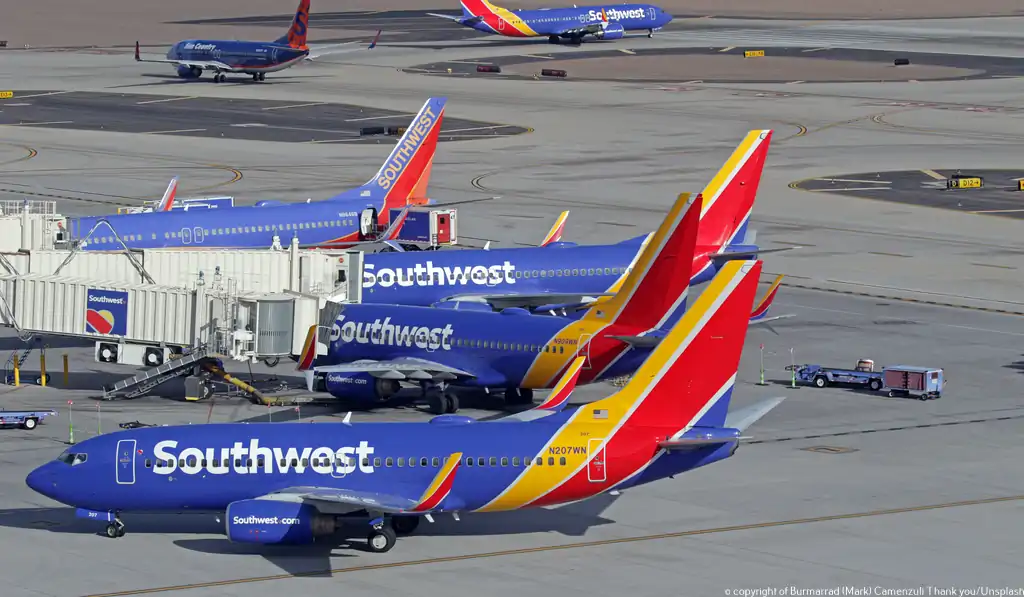
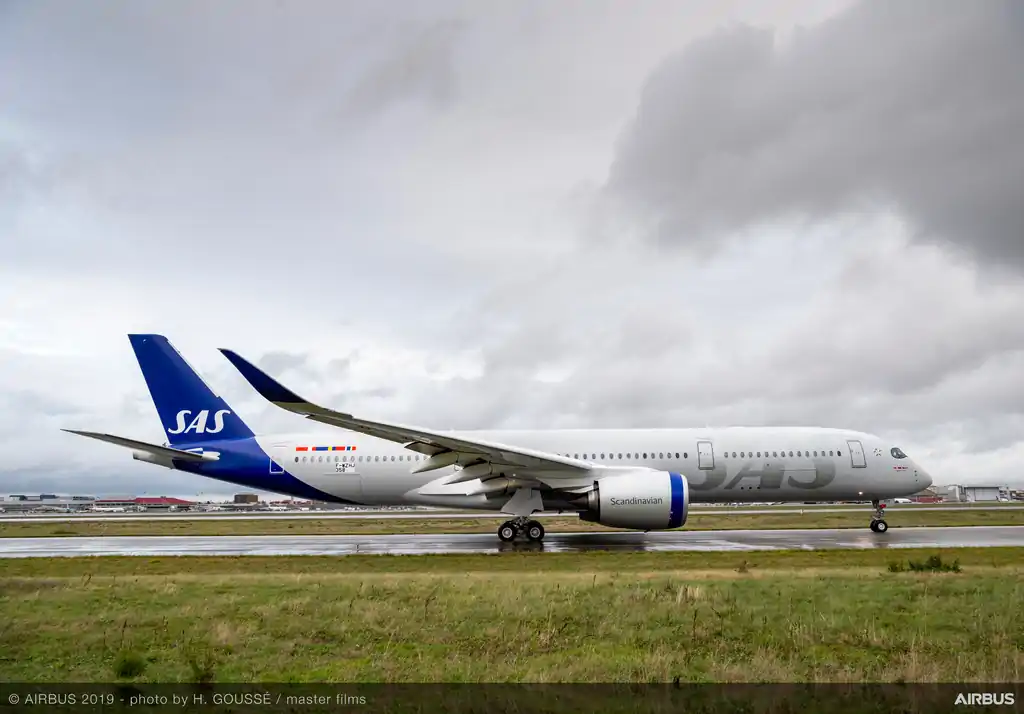

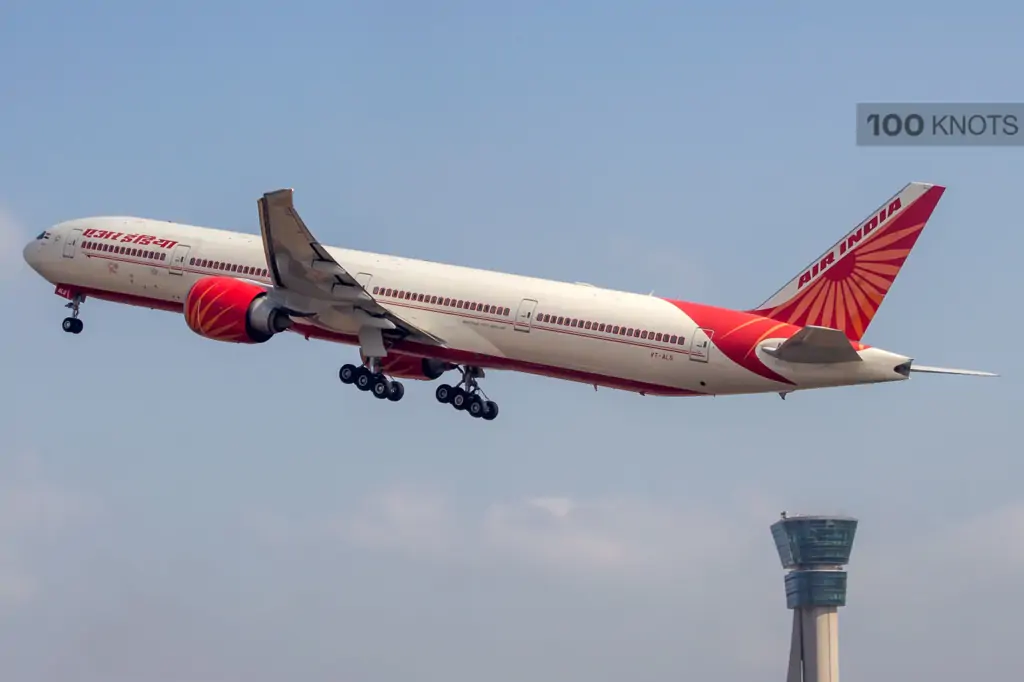
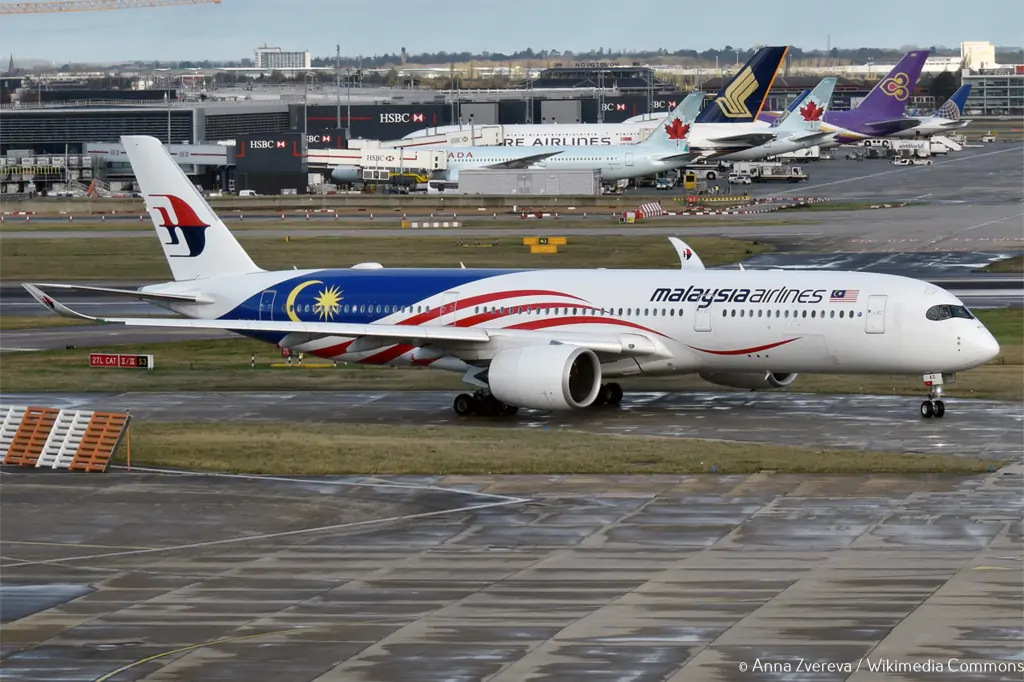
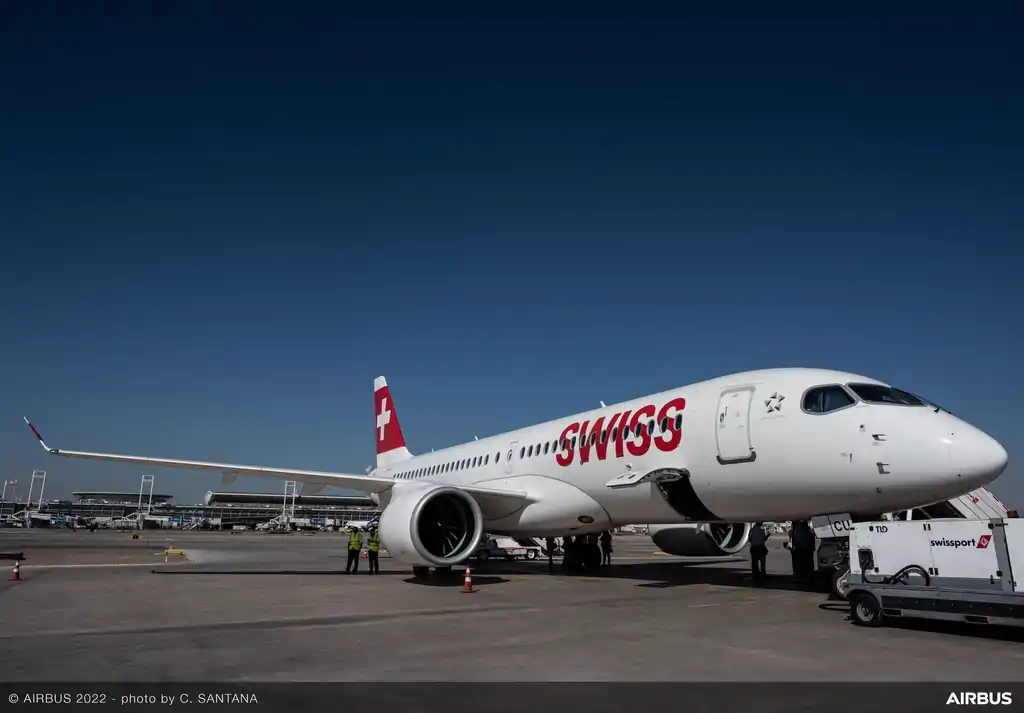
Comment